
6 Auto Trends to Watch Out for in 2017
As the resident “futurist” for the Ford Motor Company, it’s Sheryl Connelly’s job to pinpoint global auto trends and predict how they will shape the car industry for years to come. For over a decade, she’s been doing just that through market research and analysis on an international scale.
“Our work is about letting consumers recognize that change is going to be constant,” says Connelly. “What we’ve come down to is that 2017 will be the year people will stop to reassess, reconsider and rethink everything around them.”
Connelly’s research for 2017 reflects the forward-thinking state of the auto industry: “Following the recession, everyone talked about the so-called ‘new normal,’ but that kind of colloquialism never stayed in place for very long because nothing stays stagnant enough for it to actually become normal.” These six trends in particular will have a big impact on the car industry of 2017 – and beyond.
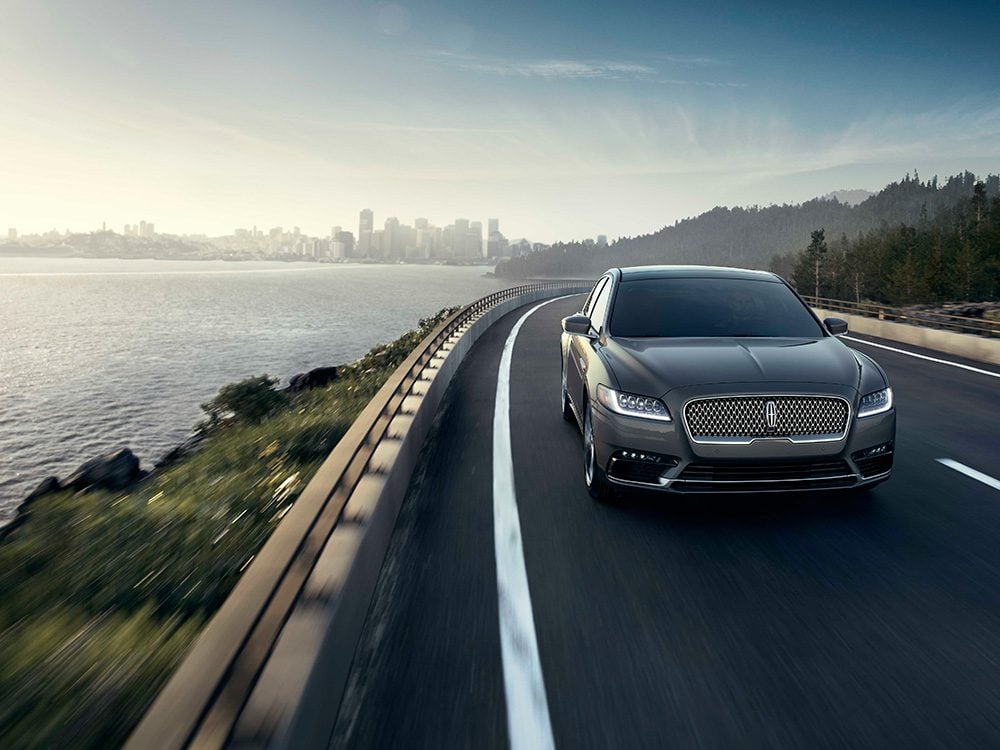
New Auto Trend #1: Bigger Isn’t Always Better
People all over the world are reconsidering what it means to live “the good life” and according to Connelly, “good” isn’t just about possessions, but also experience and values. Her research suggests that consumers are beginning to find joy in having less.
“This notion of a house out in the suburbs with a white picket fence, employment with a blue chip company and lifelong security, a thirty-year gold watch upon retirement – they’re not aspirations anymore,” says Connelly. “That’s not because they’re no longer available; it’s that people have set new goals for themselves.”
According to a global survey conducted by Ford and BAV Consulting, 72 per cent of adults agree that prosperity nowadays is more about happiness than wealth, while 68 per cent of adults care less about material possessions now than in the past.
As a result, the research finds that consumers are changing how they define prosperity. For some, cars remain a status symbol; for others, it’s just a ride. Accordingly, Ford’s line-up includes cars for every kind of “good life”: affordable compact cars, practical sports utility vehicles and luxury models.
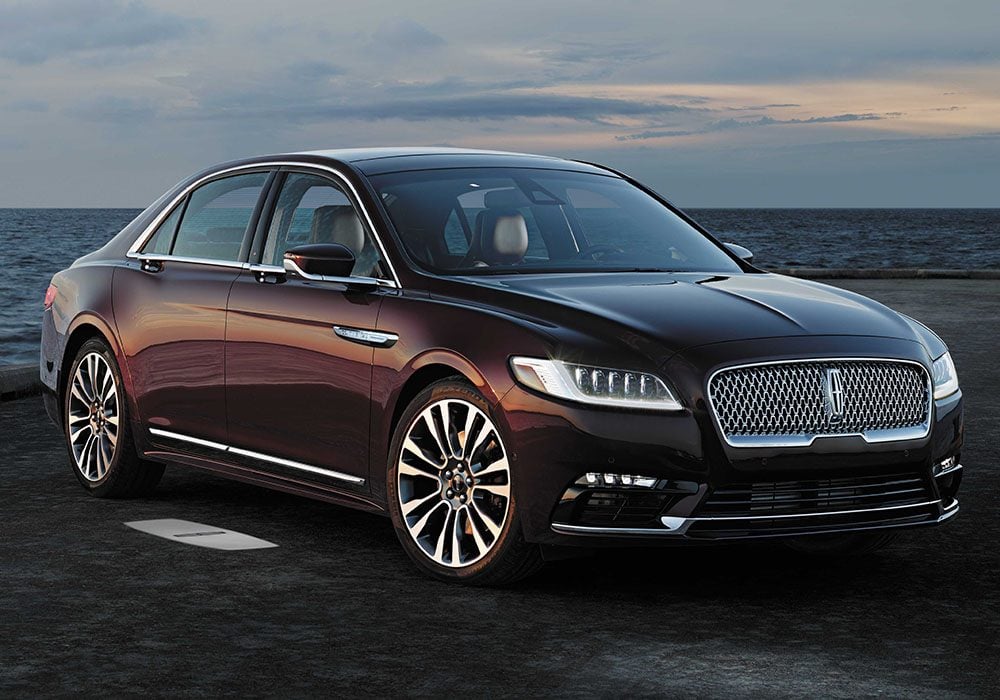
New Auto Trend #2: Finding More Ways to Save Time
In an increasingly on-demand world, people are becoming impatient, says Connelly. For Ford and the rest of the automotive industry, that means finding ways to give people their time back through products and services.
“People are noticing that time is the most precious of all commodities. Rich or poor, old or young: we all have 24 hours a day,” says Connelly. “What we choose to do with that time and how we prioritize it seems to be evolving.”
Each year, it’s estimated that 160 million hours are wasted globally by daily commutes and traffic jams. Ford’s Smart Mobility, a new subsidiary launched in March 2016, plans to design and build mobility services with startups and tech companies. In 2017, Connelly predicts there will be new ways to turn wasted time into meaningful time.
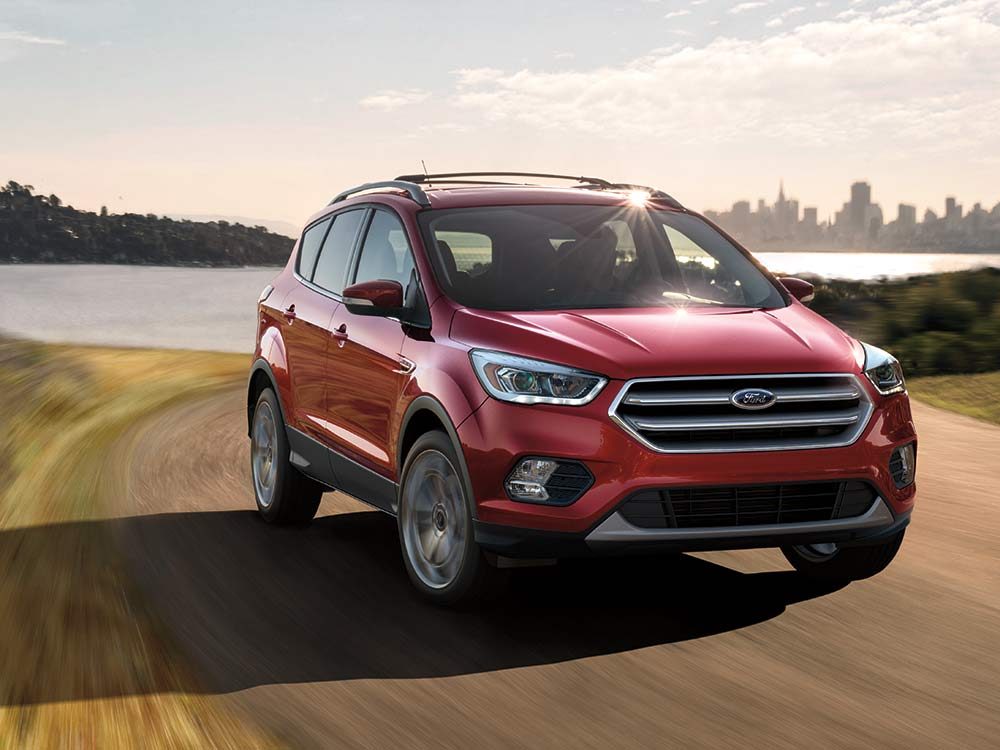
New Auto Trend #3: Limitless Travel Options
From Uber to personal vehicles, consumers are now faced with a variety of transportation options, says Connelly. “If you’re in Toronto, then you’re thinking, ‘Do I want to navigate through all of this traffic or could I take the GO train, hail a cab or use a ride-sharing service?'” says Connelly. “What do all those options mean for car ownership and what are the ripple effects of that?”
The Ford Pass app is designed to help travelers plan more efficient commutes. If you own a hybrid or electric vehicle, for example, the app can tell you how much charge is left, or where you can go to charge. Or if you’re running behind schedule and heading into the city, you can reserve a parking spot before you even get there. “This app is designed to make on-the-go easier,” she says.
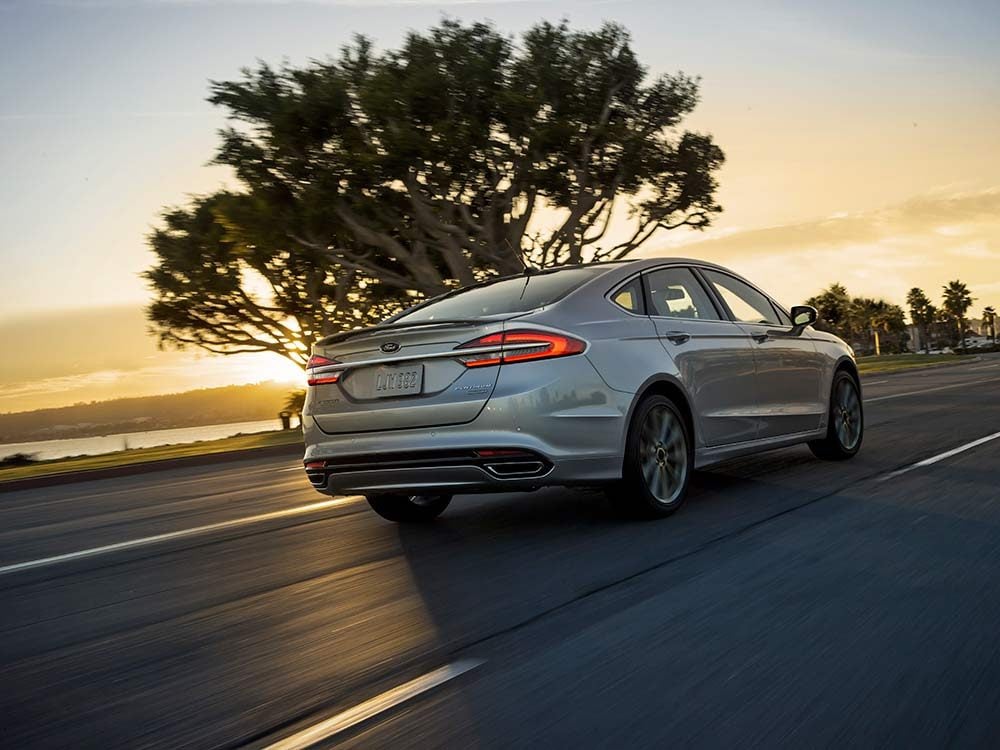
New Auto Trend #4: Self-Driving Vehicles
The future of global travel falls squarely on fully autonomous vehicles, says Connelly. One of the most exciting projects coming from the auto industry, self-driving technology has been in the works for many years. Recently, Ford announced that it plans to release a line of fully self-driving cars to the market by 2021.
Autonomous vehicles, she says, can help lower congestion on roads. “China and India show some of the most egregious commute times in the world,” says Connelly. “It’s little wonder that when we asked them last year, ‘Can you imagine yourself riding in a self-driving vehicle in the next ten years,’ India came back at the highest percentage at 84 per cent, and China was at 78 per cent.”
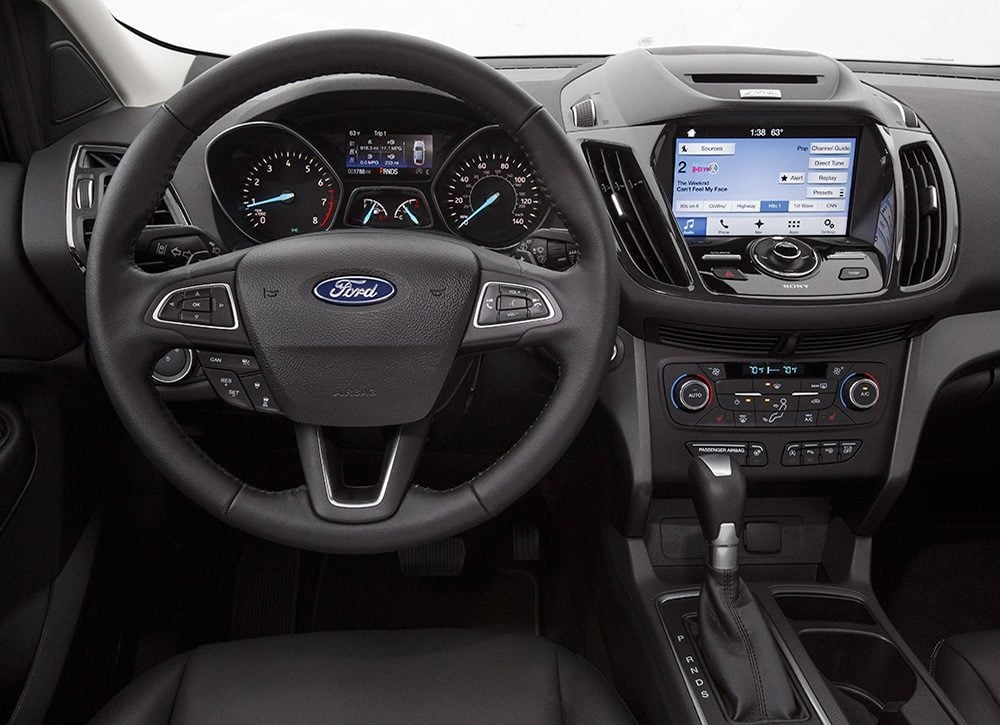
New Auto Trend #5: Accommodating Smartphones
“If you picked up a newspaper five years ago, many of the auto headlines read: Young people hate cars, what will become of the auto industry? Over time, that hasn’t proven to be exactly the case,” says Connelly. That’s why Ford aims to develop programs for new and young drivers taking to the road for the first time. “Young people are more likely to say that their cell phone or access to social media is most important to them, so we have to design and engineer our vehicles to accommodate those priorities.”
Connelly points to platforms like Ford SYNC, which pairs bluetooth-enabled devices with your vehicle. Using voice-recognition technology, the platform allows you to make calls, listen to music and receive traffic information – all without taking your eyes off the road or your hands off the wheel. “No longer are cars just about the curves or sheet metal or what’s in the engine; it’s now about the software too.”

New Auto Trend #6: Global Mobility Services
“Ford’s strategy going forward will be split,” says Connelly. “Along with manufacturing automobiles, we want to start expanding our horizons so that we can cater to people who are interested in mobility as a service.” That means working with entire communities and cities to help solve congestion issues and allow people to move more easily. Examples of this include Ford’s acquisition of San Francisco based ride-share startup Chariot, and its goal to invest in the city’s bike sharing program. By 2018, Ford’s sponsorship of the city’s supply of shareable bikes will expand from 700 to 7,000.